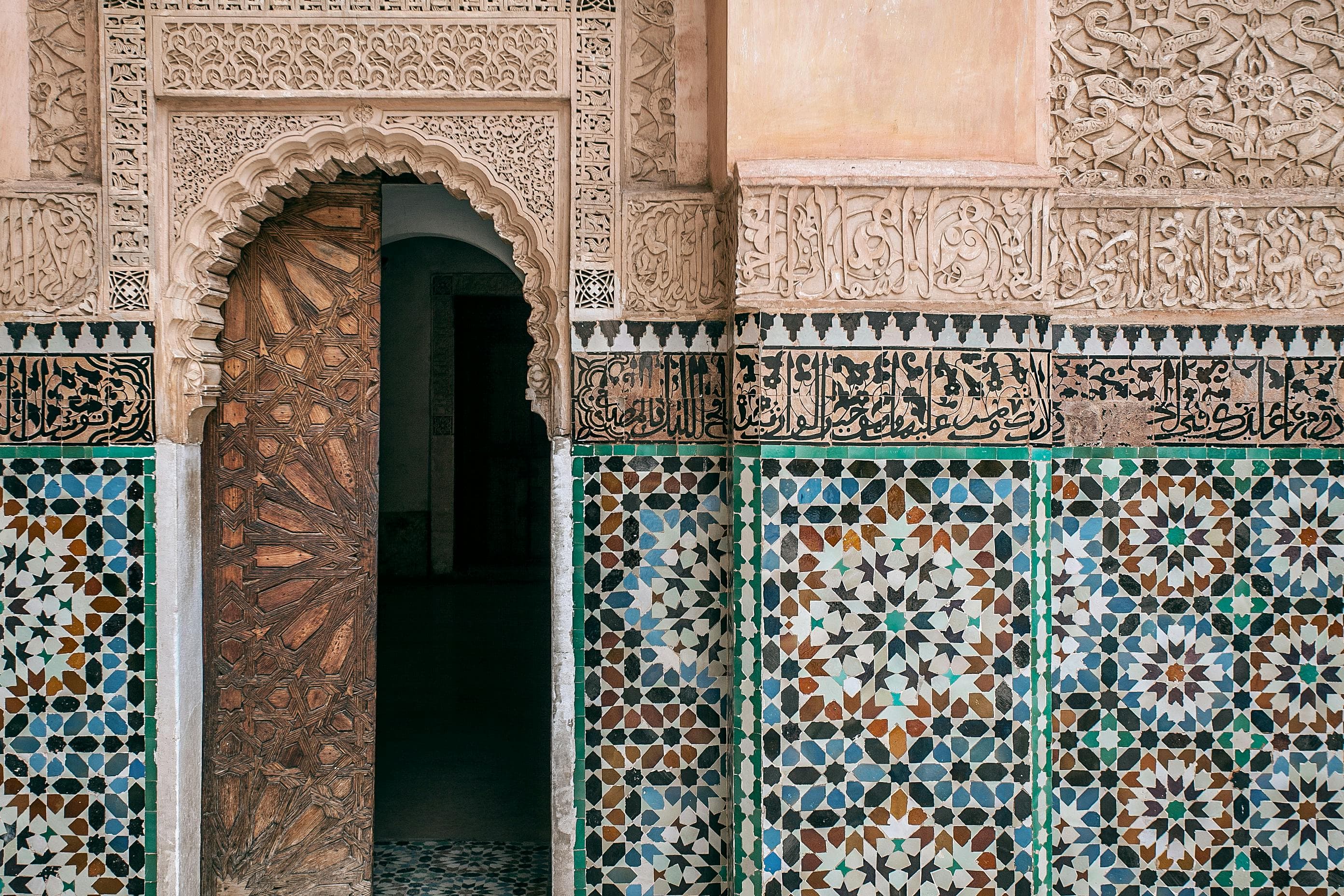Moroccan Architecture: A Timeless Dance of Beauty, Function, and Identity
The architecture of Morocco is not just a way of construction - this is a form of storytelling. With every mosaic, arch and courtyard, it whispers the legacy of previous civilizations and demonstrates the creativity of the artisans of Morocco. History is yet to be compatible with modern life, it brings together architectural art, spirituality, comfort and pride together.
The geographical location of Morocco has made it a meeting point for various cultures in thousands of years. This cultural fusion is reflected in its buildings, including styles:
Amazigh: People of indigenous Morocco who favor strong, functional structures like clay-brick Kasbah.
Arab: introduced Islamic art and architecture, emphasized symmetry and spirituality.
Andalusian: refugees from southern Spain who brought delicate decorative technology and green garden designs.
Modern and art deco elements were added during the French and European.
Every feature in Morocco's architecture completes both form and function. Here are some defined characteristics:
Zellige Tiles: Hand cutting ceramic tiles bold geometric patterns; Used on walls, floors, fountains
Arches: Especially horse-shout-shaped arches that soften structural lines
Carved cedar: complex wooden work seen on doors, roofs and furniture
Riads: Traditional Homes with Central courtyard and gardens
Plaster : delicate, hand carved wall decoration is often painted white
Minarets and Domes: found in mosques, symbols of trust and artistry
The architecture of Morocco does not stop on stone and wood, it embraces nature.
Courtyards are more than just open spaces. They are a symbol of peace and provide shadows and ventilation.
Fountains not only refresh the air, but also provide calm sounds.
Gardens combine native plants with vibrant design, merge peace and beauty.
The design of Morocco is about living wisely:
Thick walls cool the house in scorching summer.
Homes face inward for privacy, protection and peace.
Water features and tilework maintain cool and reflect light.
Each description follows a purpose, which is often contained in the spiritual sense.
These architectural options show respect for environment, community and cultural identity.
Modern impact and urban development Cities like Casablanca and Rabat honor the tradition and embrace modern styles.
Many sites, such as Medinas of Fez and Meknes, are protected by UNESCO. Restoration projects include efficient local artisans who revive zellij, plaster and woodwork.
These efforts not only retain the architecture of Morocco, but are really alive. Local people still live in ancient medinas and use Riads as homes and guesthouse. This makes Morocco's architectural heritage dynamic.
The architecture of Morocco is greater than the old buildings, it is a bridge between the past and the present, a symbol of creativity, community and culture.
For passengers and architects equally, it provides:
A lesson in stability,
A reflection of values,
And the invitation to feel connected for the spirit of land, people and Morocco.
It is no wonder that many people running through Riads or Medina of Morocco changed forever.

